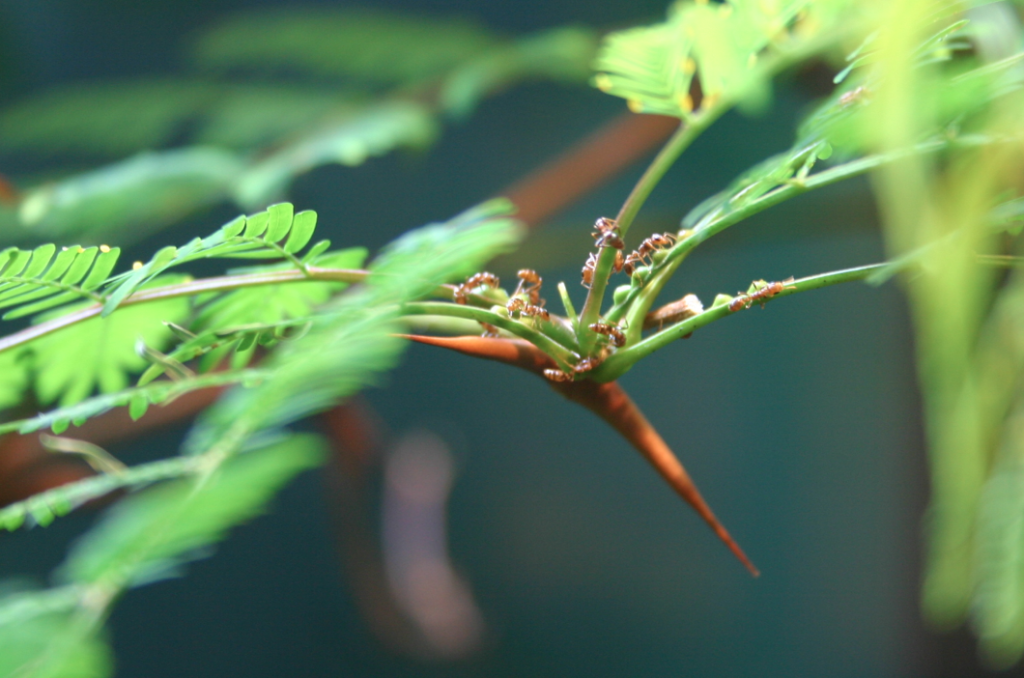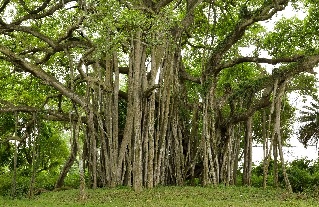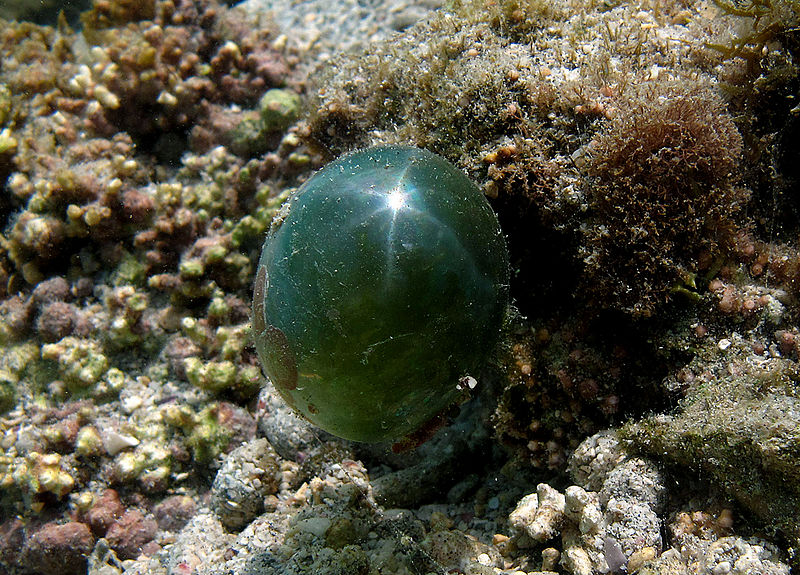June 23, 2022
Fun Fact: Artificial banana flavouring tastes more like an (almost) extinct variety of banana than the one in your fridge.
There is a theory floating around that the reason artificial banana flavour tastes so wrong is because it was developed from an old variety of banana that is no longer commercially available: the Gros Michel. The Gros Michel, or “Big Mike”, was once the top banana at grocery stores but it was mostly wiped out in the 1950s by a fungus called Fusarium oxysporum.
People who still grow the Gros Michel say that it tastes similar to cultivated bananas now (the Cavendish), but amplified – sweeter, and somehow artificial. While it might be a neat story, it is unlikely that artificial banana flavouring comes from the Gros Michel. Synthetic organic chemist, Derek Lowe explains that the banana flavour comes from a simple compound called isoamyl acetate, or the “banana ester”, which is found naturally in bananas including the Gros Michel and the Cavendish. It’s far more likely that the Gros Michel tastes artificial because, aside from isoamyl acetate, it has far fewer compounds than other banana varieties. Strong, one-note tastes tend to be perceived as more “artificial’; capturing the flavour of something like a fresh, ripe fruit in one compound is impossible. The Cavendish may be mild in comparison, but it is more complex.
Long story short, at one time, banana flavouring actually tasted like the real thing. That’s bananas!










